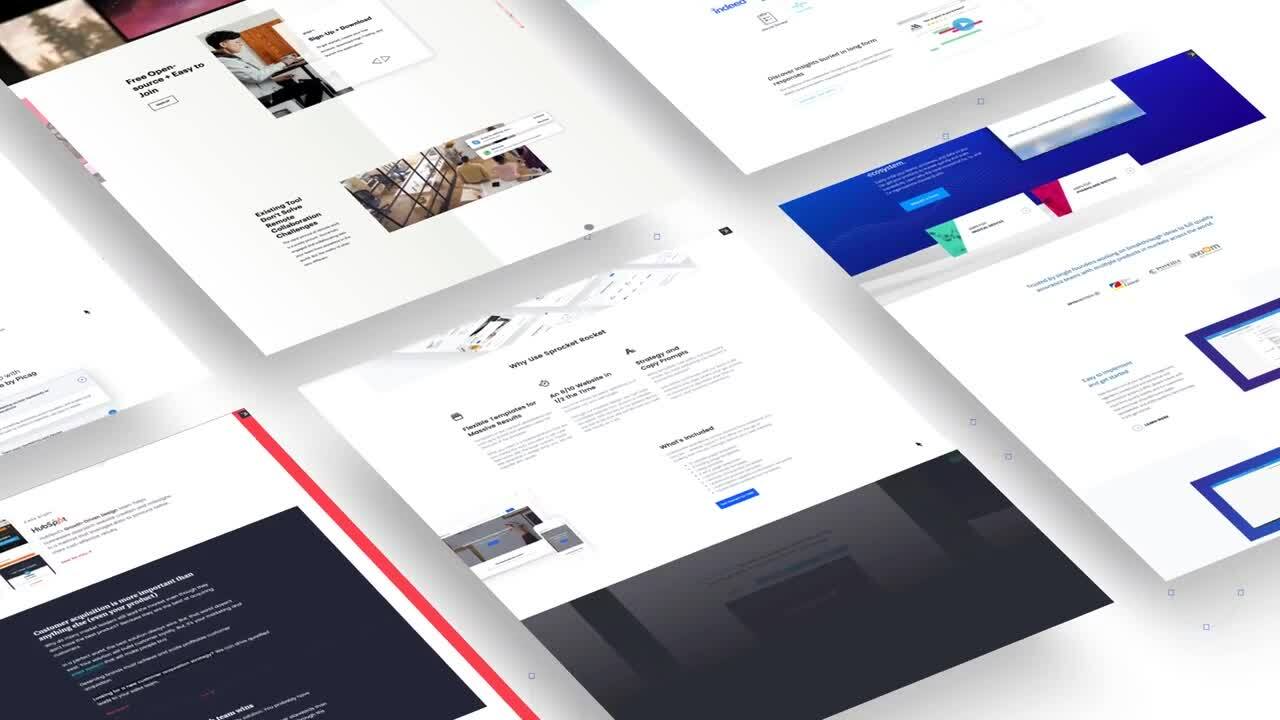The Multi-Asset Fund Report 2023
Best in Show
or Runt of the Litter
Grab your copy of the new Multi-Asset Fund Report just below.
Integrated, flexible, accurate risk profiling at no cost

25+
Pages
8
Chapters

Introduction
The investment landscape over the years has become a real dog eat dog world. With more managers entering the market, the number of ‘dog’ funds available is increasing. Multi-Asset funds seem to be at the forefront with their continued surge of popularity causing more investors to pile their money in each year. The continued popularity looks set to only increase over the years with Vanguard predicting that $455bn AUM in Multi-Asset funds in the UK alone by 2030.
Methodology
Our assessment process is fundamentally based on long-term performance rather than short-term. A structured rating process that involves both quantitative and qualitative factors is followed. The assessment process is comprehensive as it also includes a benchmarking exercise.
Selection of a Fund Universe
An effective fund selection methodology is important to ensure the outcome of our analysis is comprehensive and efficient. The varying level of volatility among funds can prove difficult when using them for comparison.
So, we have used funds within FE Analytics’ Risk Targeted Multi Asset (RTMA) universe, which clubs funds into risk categories based on their historical risk score, a measure of volatility relative to the FTSE 100 index.
In addition, we have included other prominent multi-asset fund families that are not included in the RTMA universe. Going with our ethos of not reacting to short-term impacts, fund families with less than three years of performance history were excluded. This year we have a total of 105 fund families taken into consideration. The complete list of the fund families is included under the Analysis section.


Assessment & Rating Criteria
The funds are rated in an unbiased method based on the outcome of the overall score derived from the analysis. This year’s ranking criteria reflect factors that are key to high quality returns and the psychological process of investing over the long term and maintaining a level-headed approach to investing.
Our assessment criteria encompass the critical factors of cost, performance, and risk. The returns should also be in relation to the risk taken, so we target risk-adjusted returns over time with costs.
Ready to download?
Calculating capacity for loss properly
Risk profilers typically tend to try to measure Capacity for Loss by asking questions about the stability of your income sources, but those in supposedly 'stable' jobs can one day be made redundant unexpectedly, while many self-employed people might have stable income for years.
Timeline's Risk Profiling integrates with Timeline's Financial Planner, and calculates a client's capacity for Loss based on an analysis of how their financial plan would fare across hundreds of scenarios from 120 years of history.

Calculating capacity for loss properly
Risk profilers typically tend to try to measure Capacity for Loss by asking questions about the stability of your income sources, but those in supposedly 'stable' jobs can one day be made redundant unexpectedly, while many self-employed people might have stable income for years.
Timeline's Risk Profiling integrates with Timeline's Financial Planner, and calculates a client's capacity for Loss based on an analysis of how their financial plan would fare across hundreds of scenarios from 120 years of history.
